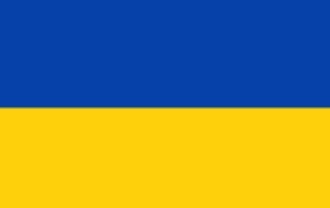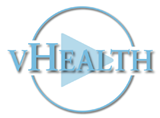Oncologic burden in Ukraine: regional inequalities and environmental risk factors

All claims expressed in this article are solely those of the authors and do not necessarily represent those of their affiliated organizations, or those of the publisher, the editors and the reviewers. Any product that may be evaluated in this article or claim that may be made by its manufacturer is not guaranteed or endorsed by the publisher.
Authors
This study investigated regional inequalities in cancer incidence in Ukraine and their potential links to environmental pollution. Using data from 26 Ukrainian administrative regions, we analyzed 50 cancer indicators – covering incidence, prevalence and mortality across population subgroups – and 25 environmental variables reflecting air, water and soil contamination, including emissions of methane, sulphur dioxide, ammonia, suspended particulate matter and radioactive waste. A total of 1,250 pair-wise Pearson correlations were computed, revealing 69 moderate-to strong positive associations (r≥0.3), of which 23 were statistically significant at the 95% confidence level (p<0.05). The most consistent associations were observed for methane emissions, which showed significant correlations with six cancers, including breast, uterine, skin and non-Hodgkin lymphomas. Sulphur dioxide, suspended particulates and non-methane volatile organic compounds also demonstrated significant associations, particularly with hormonally mediated cancers and urban cancer prevalence. Geographic disparities were further shaped by demographic structure, healthcare access and underreporting in conflict-affected regions. Spatial visualizations and heatmaps supported the identification of recurrent pollutant–cancer associations, suggesting systemic environmental contributions to cancer burden. These findings underscore the multi-factorial nature of cancer risk in Ukraine and highlight the need for integrated environmental monitoring, strengthened diagnostic infrastructure, and regionally tailored public health strategies to reduce environmentally mediated cancer incidence.
Associate Professor at the Department of General and Regional geography
How to Cite

This work is licensed under a Creative Commons Attribution-NonCommercial 4.0 International License.








